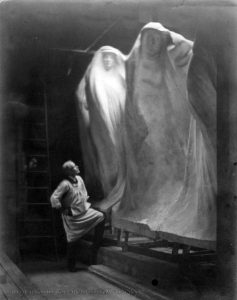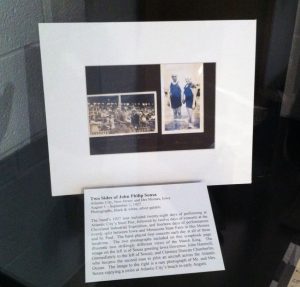
from RS 26/20/16, Box 25, “Photographs of the Midway Studios”, University of Illinois Archives
Sculptor and U of I alumnus Lorado Taft had made quite a name for himself in American art circles by the late 1920s. His sculptures and statues, designed in his Chicago studio, had been installed in Chicago, Denver, Washington D.C., and other places around the country.
However, as many of the rich and famous with a listed mailing address probably do, Taft received requests of all different varieties. Some requests were more commonplace: autographs; personal appearances; quotations, recipes, or anecdotes for publication. Some requests were…less commonplace. Continue reading “Lorado Taft’s Unusual Requests”
